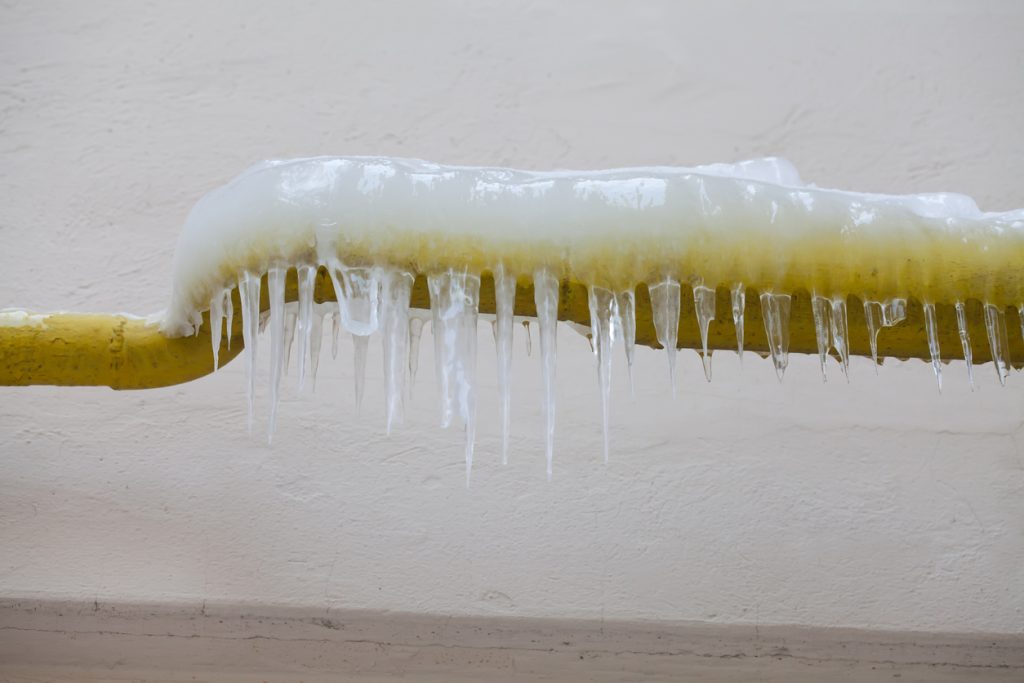Advice for Preventing Frozen Pipes in Cold Weather: Specialist Advice
Advice for Preventing Frozen Pipes in Cold Weather: Specialist Advice
Blog Article
Listed here in the next paragraphs you can find lots of wonderful advice in regards to Preventing and dealing with frozen pipes.

Winter can wreak havoc on your plumbing, particularly by freezing pipes. Here's how to prevent it from happening and what to do if it does.
Introduction
As temperatures decline, the threat of icy pipelines boosts, potentially resulting in expensive repair work and water damage. Understanding just how to prevent frozen pipelines is crucial for property owners in cool environments.
Understanding Icy Pipelines
What triggers pipes to ice up?
Pipes ice up when exposed to temperature levels below 32 ° F (0 ° C) for extended durations. As water inside the pipelines freezes, it expands, taxing the pipeline walls and potentially triggering them to burst.
Dangers and problems
Frozen pipelines can result in water disruptions, residential property damages, and expensive repairs. Ruptured pipes can flood homes and cause extensive architectural damages.
Indications of Frozen Pipeline
Recognizing frozen pipes early can avoid them from bursting.
Just how to determine icy pipelines
Search for lowered water circulation from faucets, uncommon smells or noises from pipelines, and visible frost on exposed pipes.
Avoidance Tips
Shielding vulnerable pipelines
Cover pipelines in insulation sleeves or utilize heat tape to safeguard them from freezing temperature levels. Focus on pipes in unheated or external locations of the home.
Home heating strategies
Maintain indoor spaces properly heated, specifically locations with pipes. Open closet doors to allow warm air to flow around pipes under sinks.
Securing Outside Pipes
Yard tubes and outdoor taps
Disconnect and drain pipes garden pipes before winter. Install frost-proof faucets or cover outside taps with insulated caps.
What to Do If Your Pipes Freeze
Immediate activities to take
If you think frozen pipes, maintain taps open up to relieve pressure as the ice thaws. Utilize a hairdryer or towels soaked in warm water to thaw pipes gradually.
Long-Term Solutions
Architectural changes
Take into consideration rerouting pipes away from outside walls or unheated areas. Add extra insulation to attic rooms, cellars, and crawl spaces.
Upgrading insulation
Purchase top quality insulation for pipes, attics, and walls. Appropriate insulation aids maintain consistent temperature levels and reduces the threat of icy pipelines.
Verdict
Protecting against icy pipelines needs proactive actions and quick responses. By understanding the reasons, indications, and preventive measures, property owners can safeguard their plumbing throughout winter.
6 Proven Ways to Prevent Frozen Pipes and Protect Your Home
Disconnect and Drain Garden Hoses
Before winter arrives, start by disconnecting your garden hoses and draining any remaining water. Close the shut-off valves that supply outdoor hose bibs and leave the outdoor faucet open to allow any residual water to drain. For extra protection, consider using faucet covers throughout the colder months. It’s also important to drain water from any sprinkler supply lines following the manufacturer’s directions.
Insulate Exposed Pipes
Insulating your pipes is an effective way to prevent freezing. Pipe insulation is readily available at home improvement stores and is relatively inexpensive. Pay close attention to pipes in unheated areas such as the attic, basement, crawl spaces, or garage. Apply foam insulation generously to create a buffer against the cold. You can also wrap your pipes in heat tape or thermostat-controlled heat cables for added warmth.
Seal Air Leaks
Inspect your home for any cracks or openings that could let in cold air. Seal any holes around the piping in interior or exterior walls, as well as the sill plates where your home rests on its foundation. Additionally, make sure to keep your garage door closed unless you’re entering or exiting. Leaving it open creates a significant air leak that can lead to frozen pipes.
Allow Warm Air Circulation
During cold snaps, it’s essential to allow warm air to circulate evenly throughout your home. Leave interior doors ajar to promote better airflow. Open kitchen and bathroom cabinets to help distribute heat consistently around the rooms. If you have small children or pets, be sure to remove any household chemicals or potentially harmful cleaners from open cabinets for safety.
Let Faucets Drip
A small trickle of water can make a big difference in preventing ice formation inside your pipes. When temperatures drop significantly, start a drip of water from all faucets served by exposed pipes. This continuous flow helps prevent the water from freezing. Additionally, running a few faucets slightly can relieve pressure inside the pipes, reducing the chances of a rupture if the water inside does freeze.
https://choateshvac.com/6-proven-ways-to-prevent-frozen-pipes-and-protect-your-home/

I recently found that blog posting about Helpful Tips to Prevent Frozen Pipes this Winter when browsing on the web. Those who enjoyed our blog entry plz consider to pass it around. Bless you for being here. Don't forget to come visit our website back soon.
Additional Information Report this page